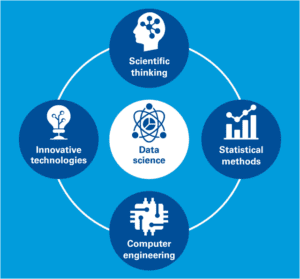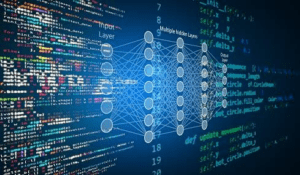Techtrek In 2022: Here’s How Data Scientists Successfully Adopt The Data-Driven Culture
Given the enormous volumes of data created today, data science is an essential factor in many sectors and is one of the most debated issues in IT. Since data science has become increasingly popular, businesses have begun to use it to expand their operations and improve consumer happiness.
The field of study known as data science works with enormous amounts of data using cutting-edge tools and methods to uncover hidden patterns, glean valuable information, and make business choices. Data science creates prediction models using sophisticated machine learning techniques. This post will explain how data scientists successfully adapt to the data-driven culture.
The Benefits of a Data-Driven Culture
Having a data-driven culture that propels the company forward has several benefits.
Organizations are encouraged to use reliable data when making choices by a data-driven culture. For any organization, interpreting data and exercising critical thinking are essential. However, a data-driven culture aids businesses in determining when to and when not to make decisions based on data.
It is accomplished by continuously monitoring performance and plays a significant part in continuous improvement inside the organization. Additionally, it aids in the advancement of analytically-based business choices. Organizations may move away from utilizing data only to generate reports and measure their development with the aid of a data-driven culture.
The Challenges of Implementing A Data-Driven Culture
Despite the increased investment, many businesses find it challenging to keep their data strategy moving forward. According to a recent report, 72% of significant companies have failed to establish a data-driven culture.
Although many organizations invest more and more resources in their data strategy, successful plan execution gets frequently hampered by large organizations’ sheer size and complexity.
It’s crucial to ensure that data and analytics are available in a tangible, intelligible manner and can immediately connect with the operations they perform and their choices to improve analytics adoption.
Teams that want to succeed should frequently allow end-users some liberty by putting the proper technologies in place to provide self-service analytics that considers local complexity.
Future developments in IoT, AI, big data analytics, blockchain, and quantum computing will be incredibly significant.
Explore a data science career with Imarticus Learning
Students may start in data science and machine learning with this certificate program. Students will master the fundamentals of data science and machine learning through this curriculum, developed in partnership with iHUB DivyaSampark @IIT Roorkee, and acquire the knowledge and abilities they need to apply these concepts to problems in the real world.
Course Benefits For Learners:
- This five-month program, developed by renowned IIT faculty members, will instruct students in using Python to comprehend data mining and machine learning methodologies.
- The data science certification course will be live via online sessions with India’s best educators.
- With the help of this data science online training, students will be able to develop a solid foundation in data science.
Contact us through chat support, or drive to our training centers in Mumbai, Thane, Pune, Chennai, Bengaluru, Delhi, and Gurgaon.













 Future outlook:-
Future outlook:-